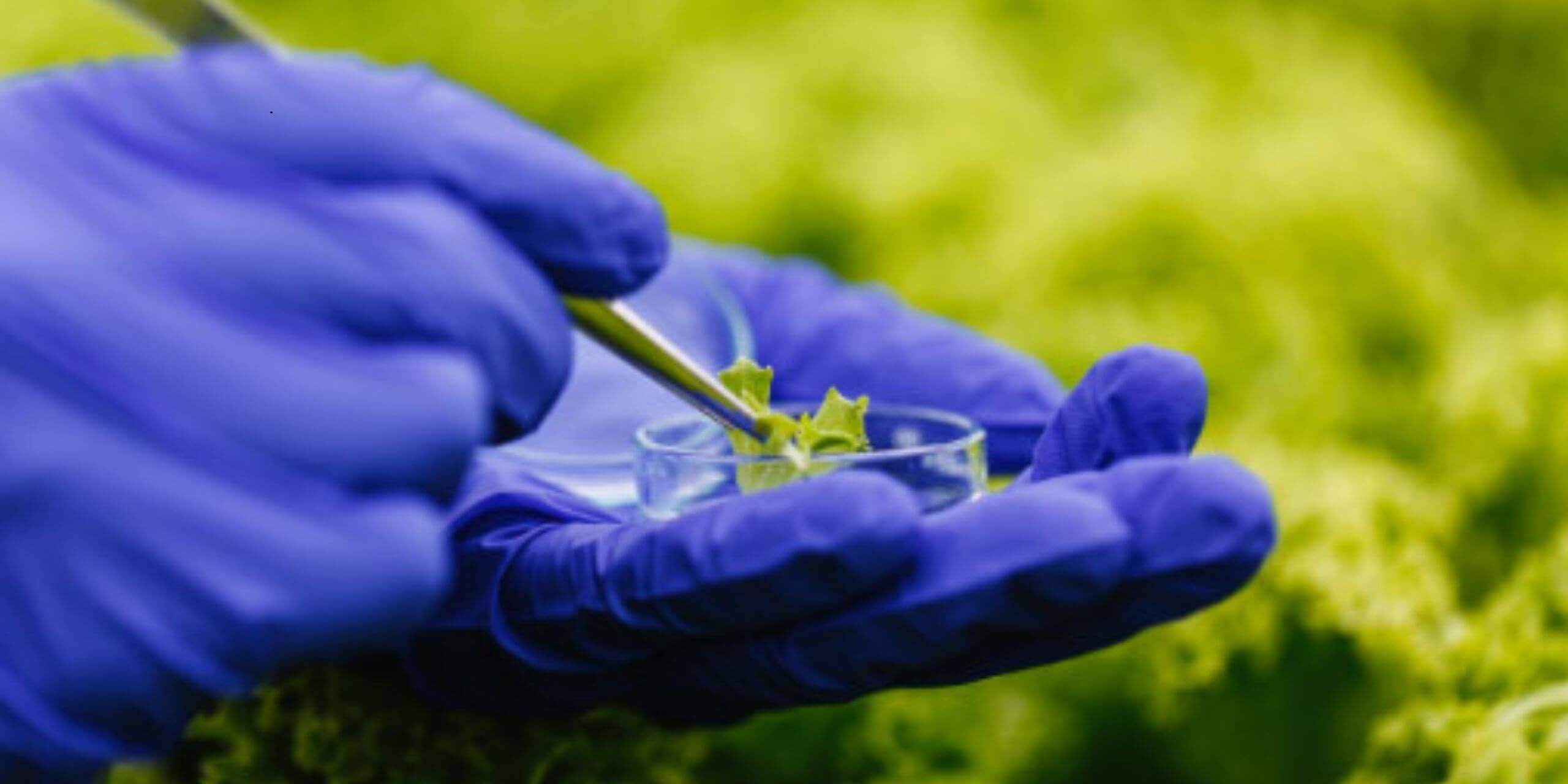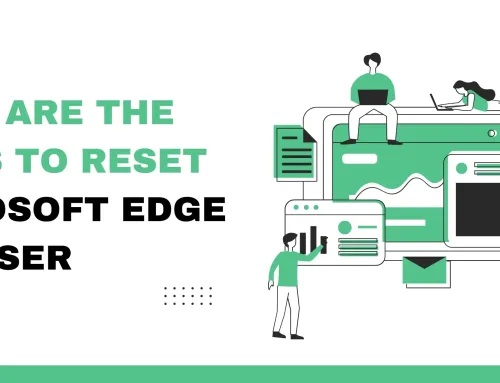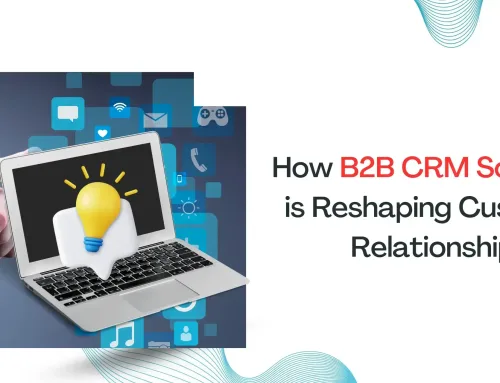Technological improvement and scientific progression have constantly gone hand in hand. We exist in an era of continuous experimental invention, headed from the performance of scientists in the new era and the wish to increase our understanding of the real world.
Daily, scientists crawl closer to happily bio-printing complicated processes, healing conditions with gene editing, and developing predictive medicine. Collectively, these discoveries can change many features of our lives significantly.
Though, the latest research situation does not maximize researcher potential. Consequently, research papers have had to be withdrawn, and process yield has after been moved.
The solution is the implementation of the Internet of Things (IoT) into the lab atmosphere to combine a new layer of efficiency to the way research and development are conducted and bring us closer to achieving the smart lab.
The Obstacle with the Current System
Scientific growth is hindered by several obstacles that live in the lab. Obstacles come from human failures, agreement problems, or just a lack of communication between devices and researchers.
Currently, experts face the everyday responsibility of manually noting data output from the devices, a monotonous approach that is laborious and carries human error risks because humans make errors from time to time.
Other problems usually occur, like data loss, which can appear when a scientist is too careful on what to record; joined with this, sometimes experts cannot read handwritten notes or data.
Every lab faces these common issues that are preserved by the lack of connectivity between equipment and researchers, and nothing solves connectivity issues better than an IoT-enabling system.
Overcoming Problems with IoT
Producing a more powerful method of conducting experiments and gathering research data is the key objective behind implementing IoT.
This implementation of IoT-enabled devices will help the connection of all components of the laboratory, from scales to centrifuges. This technology helps machine output to be directly streamed into a digital form. With this, scientists can able to save precious time and effort while eradicating the human error risk.
An IoT-enabled lab will view all devices connected to the local server or cloud that can be externally accessed from anywhere through an internet connection. As lots of sensors and devices are connected to a central hub, the scientist will be able to carry out their experiments more efficiently, without any error complications and additional barriers.
IoT can take several different types in the BioTech labs, and one of the most common is automation. Some vendors offer the best plan of action to automate all laboratory facilities under material vessels. However, this can usually be an expensive solution only available for successful industry laboratories.
A laboratory execution system is another approach to integrating IoT into a lab. Again this system helps to connect current machines to the internet and operates to control and monitor existing devices and control automated devices, such as pipetting robots or co-bots.
This system develops upon the basic features of the laboratory, just adding good internet connectivity; these attributes make it a reliable and cost-effective IoT solution.
Adoption
Despite a slow start, the adoption of IoT in the laboratory has witnessed significant growth in demand, notably in the industry’s sphere of research and development, as a result of the necessity to compete in a worldwide market.
This need has risen in tandem with the cultural move toward digital solutions and more data access. Experiments are easier to carry out, more precise documentation, and research is more accessible by incorporating IoT into the laboratory. As the digital and physical worlds collide, it’s no surprise that IoT-enabled digital solutions are becoming more popular in research and development.
However, the Internet of Things is only one facet of a larger effort to transform laboratories. It is a necessary component for the smart lab, the laboratory of the future.
The “Smart Lab” Concept
You’ve most likely heard about smart homes and cities by now. The smart lab is similar to these notions in that it connects laboratory instruments and machines to the internet.
A researcher will be able to operate all laboratory gadgets externally using the new link, allowing them to complete an experiment faster and with more precision.
The smart lab system also facilitates data documentation by incorporating machine learning and artificial intelligence (AI) into experiment methods. It connects every tool in the lab to the researcher and to each other in this way, resulting in a truly smart, productive setting where machines can predict experiment outcomes and generate ideas.
Researchers’ time will be freed up as a result of the reduction of human intervention in basic laboratory procedures, allowing them to devote more time to pressing benchwork. This ability will make experimentation approaches easier. Because the data is digital and saved on the cloud, no scientific study will be lost; combined, these advantages are predicted to sustain waves of new scientific advancement.
Bottom Line
The nature of the laboratory environment is what makes it ideal for implementing IoT solution. With the extra productivity brought on by IoT-enabled devices, discovery yield might significantly rise, with an emphasis on precision, efficiency, and compliance.
Researchers are increasingly looking for ways to achieve this without investing in new laboratory devices and machinery, as science is governed by stringent measures and regulations to ensure that research is accessible and compliant, such as FAIR (ensuring research is findable, accessible, interoperable, and replicable).
Other digital systems, such as the laboratory inventory management system or the electronic lab notebook, provide a central storage and documentation platform for research data. Smart labs will connect software, devices, and laboratory teams, providing scientists with a clear solution. IoT will influence the way research and development is done for years to come in these ways.











